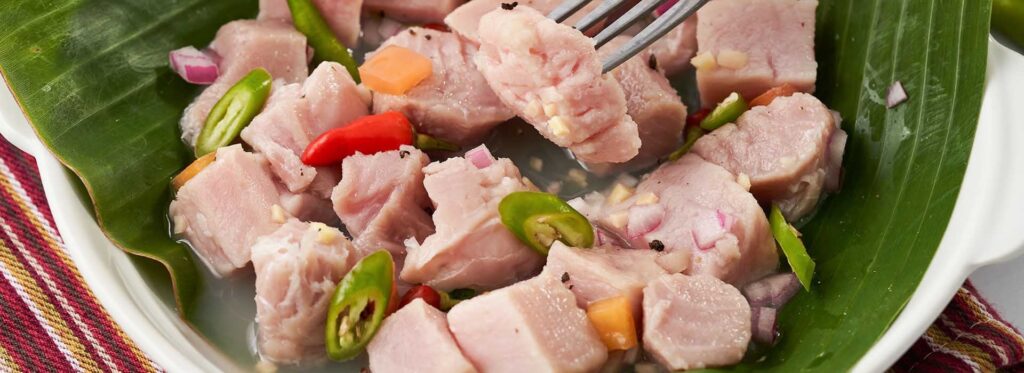Bulalo is a classic Filipino beef soup made from shank and bone marrow, slow-cooked until tender and flavorful.
This comforting dish is rich in beefy broth, infused with vegetables like corn, cabbage, and potatoes, making it both hearty and nourishing. Popular in Tagaytay and Batangas, Bulalo is best enjoyed steaming hot, especially on cool days.
Equipment Needed
Ingredients
Directions
Preparation time: 15 minutes, Cooking: 2 hours, Total time: Approximately 2 hour and 15 minutes
How to Serve
Serve Bulalo hot in deep bowls, making sure each serving has some broth, vegetables, and a piece of beef. Pair it with steamed white rice and dipping sauce made of fish sauce, calamansi, and chili.
Variations:
- You can add saba bananas for a sweeter taste.
- Substitute pechay with bok choy or napa cabbage.
- Some versions add carrots, string beans, or even baby corn for extra heartiness.
- If you prefer a richer broth, simmer longer at low heat.
Final Word
Bulalo is the perfect comfort food, warm, flavorful, and filling.
Its rich broth and tender beef make it a family favorite, especially when shared on a rainy day or in a cool mountain setting.
Try this recipe, and you’ll understand why it’s one of the Philippines’ most beloved soups.

